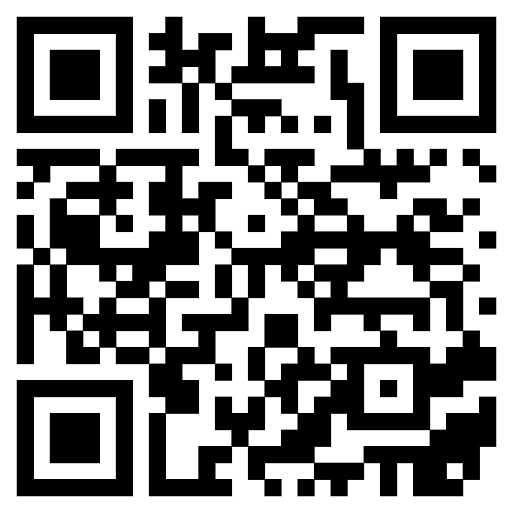TARGETING ECZEMA TREATMENT BY CLEARING THE LIVER HEAT AND DETOXIFICATION: A CLINICAL CASE REPORT
Tao Zeng1, Ting Xie2, Kumar Ganesan1, Fang Gang1, 3, Jianping Chen1, 2, 4*
|
|
|
ABSTRACT
Eczema is a common non-communicable skin disease that has been around us for a long time. While the current protocols for treating eczema only focus on the part of the skin, the mostly used corticosteroids and palliative medications are often resulting in numerous side effects. Traditional Chinese Medicine (TCM) can therefore provide an alternative treatment for the disease, using the novel approach of the Liver-Skin axis relationship. Here we provide a case of an 11-year old girl who was treated using TCM with clearing liver and detoxing. With the use of a renowned TCM prescription, Long Dan Xie Gan Tang, chronic eczema was successfully controlled and even completely cured. In the present study, our clinical evidence was also complementary to the preceding clinic of Chinese Society; we suggest a novel therapy for eczema on reducing heat and detoxing of the liver by ‘liver-skin axis’ for the first time, which may play positive roles in treating eczema patients.
Keywords: Eczema, TCM, Liver-Skin relationship, Novel therapy, Case report
1. Zhang D, Zhang J, Sun S, Gao M, Tong A. Prevalence and risk factors of hand eczema in hospital-based nurses in northern China. Australas J Dermatol. 2018;59(3):e194-e7.
2. Sun C, Zhang J, Huang C, Liu W, Zhang Y, Li B, et al. High prevalence of eczema among preschool children related to home renovation in China: A multi-city-based cross-sectional study. Indoor Air. 2019;29(5):748-60.
3. Wang X, Zhuang Y, Chen Y, Wang H, Wang X. Prevalence of adult eczema, hay fever, and asthma, and associated risk factors: a population-based study in the northern Grassland of China. Allergy Asthma Clin Immunol. 2021;17(1):27.
4. Ng YT, Chew FT. A systematic review and meta-analysis of risk factors associated with atopic dermatitis in Asia. World Allergy Organ J. 2020;13(11):100477.
5. Ruff SMD, Engebretsen KA, Zachariae C, Johansen JD, Silverberg JI, Egeberg A, et al. The association between atopic dermatitis and hand eczema: a systematic review and meta-analysis. Br J Dermatol. 2018;178(4):879-88.
6. Kantor R, Kim A, Thyssen JP, Silverberg JI. Association of atopic dermatitis with smoking: A systematic review and meta-analysis. J Am Acad Dermatol. 2016;75(6):1119-25.
7. Hon KL, Ma KC, Wong Y, Leung TF, Fok TF. A survey of traditional Chinese medicine use in children with atopic dermatitis attending a paediatric dermatology clinic. J Dermatolog Treat. 2005;16(3):154-7.
8. Diepgen TL, Andersen KE, Chosidow O, Coenraads PJ, Elsner P, English J, et al. Guidelines for diagnosis, prevention and treatment of hand eczema. J Dtsch Dermatol Ges. 2015;13(1):e1-22.
9. Chang C, Keen CL, Gershwin ME. Treatment of eczema. Clin Rev Allergy Immunol. 2007;33(3):204-25.
10. Raveendran R. Tips and Tricks for Controlling Eczema. Immunol Allergy Clin North Am. 2019;39(4):521-33.
11. Lee GR, Maarouf M, Hendricks AK, Lee DE, Shi VY. Current and emerging therapies for hand eczema. Dermatol Ther. 2019;32(3):e12840.
12. Chan HHL, Ng T. Traditional Chinese Medicine (TCM) and Allergic Diseases. Curr Allergy Asthma Rep. 2020;20(11):67.
13. Chan YS, Cheng LN, Wu JH, Chan E, Kwan YW, Lee SM, et al. A review of the pharmacological effects of Arctium lappa (burdock). Inflammopharmacology. 2011;19(5):245-54.
14. Wang Z, Wang ZZ, Geliebter J, Tiwari R, Li XM. Traditional Chinese medicine for food allergy and eczema. Ann Allergy Asthma Immunol. 2021;126(6):639-54.
15. Sargazi M, Taghian F. The Effect of Royal Jelly and Exercise on Liver Enzymes in Addicts. Arch Pharm Pract. 2020;11(2):96-101.
16. Al-Qahtani A, Al-Seeni MN, El-Sherif HA. Potential Effects of Garlic Oil and Curcumin on Carbon Tetrachloride- Induced Liver Injury in Rats. Int J Pharm Phytopharmacol Res. 2020;10(1):155-63.
17. Liu ZW, Shu J, Tu JY, Zhang CH, Hong J. Liver in the Chinese and Western Medicine. Integr Med Int. 2017;4(1-2):39-45.
18. Ma CM, Lin LH, Chen YH, Chen HY, Chiang JH, Chen WC. Liver Governs Tendon: A Theory from Traditional Chinese Medicine—Evidence from a Population-Based Matched Cohort Study in Taiwan for the Association of Chronic Liver Disease and Common Diseases in the Chiropractic Office. Evid Based Complement Alternat Med. 2016; 2016:7210705.
19. Nobili V. Liver-skin axis: a new view or viewed already? Br J Dermatol. 2018;179(1):6.
20. Mantovani A, Gisondi P, Lonardo A, Targher G. Relationship between Non-Alcoholic Fatty Liver Disease and Psoriasis: A Novel Hepato-Dermal Axis? Int J Mol Sci. 2016;17(2):217.
21. Terziroli Beretta-Piccoli B, Guillod C, Marsteller I, Blum R, Mazzucchelli L, Mondino C, et al. Primary Biliary Cholangitis Associated with Skin Disorders: A Case Report and Review of the Literature. Arch Immunol Ther Exp (Warsz). 2017;65(4):299-309.
22. Koulaouzidis A, Bhat S, Moschos J. Skin manifestations of liver diseases. Ann Hepatol. 2007;6(3):181-4.
23. Shenoy C, Shenoy MM, Rao GK. Dyslipidemia in Dermatological Disorders. N Am J Med Sci. 2015;7(10):421-8.
24. Serrao R, Zirwas M, English JC. Palmar Erythema. Am J Clin Dermatol. 2007;8(6):347-56.
25. Xi S. Essentials of Chinese Materia Medica and Medical Formulas: New Century Traditional Chinese Medicine. London: Academic Press; 2017.
